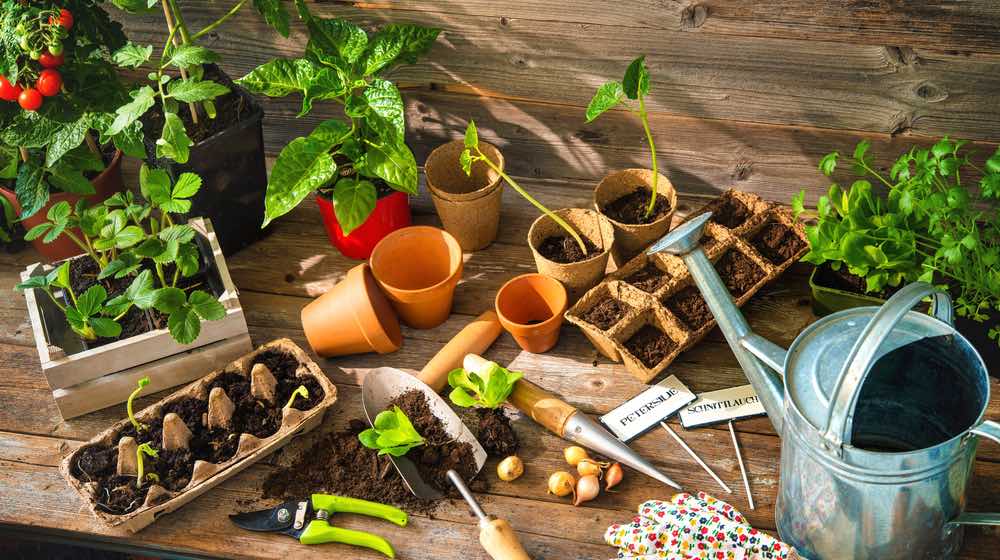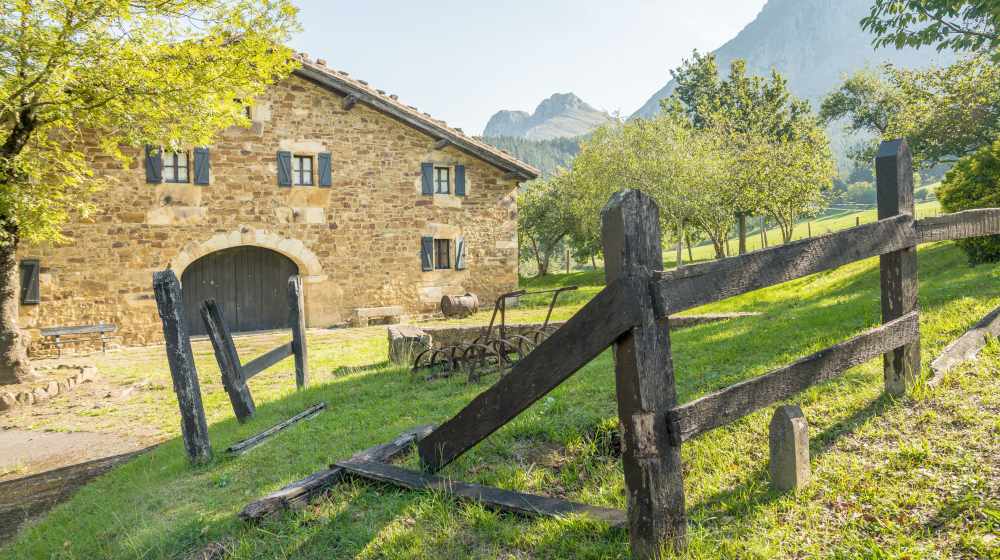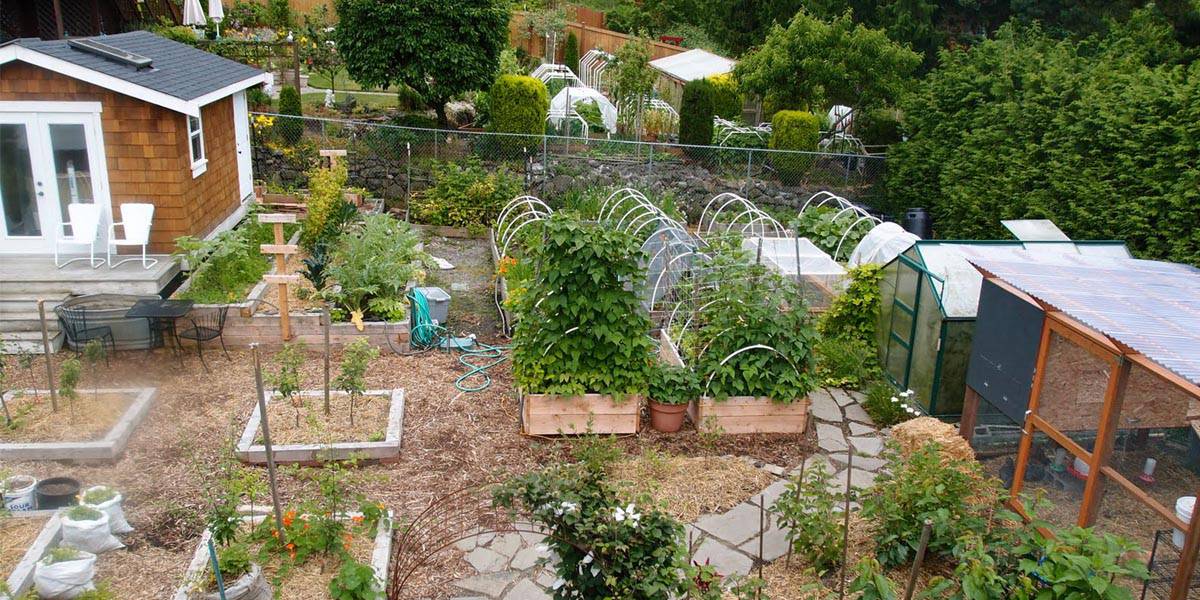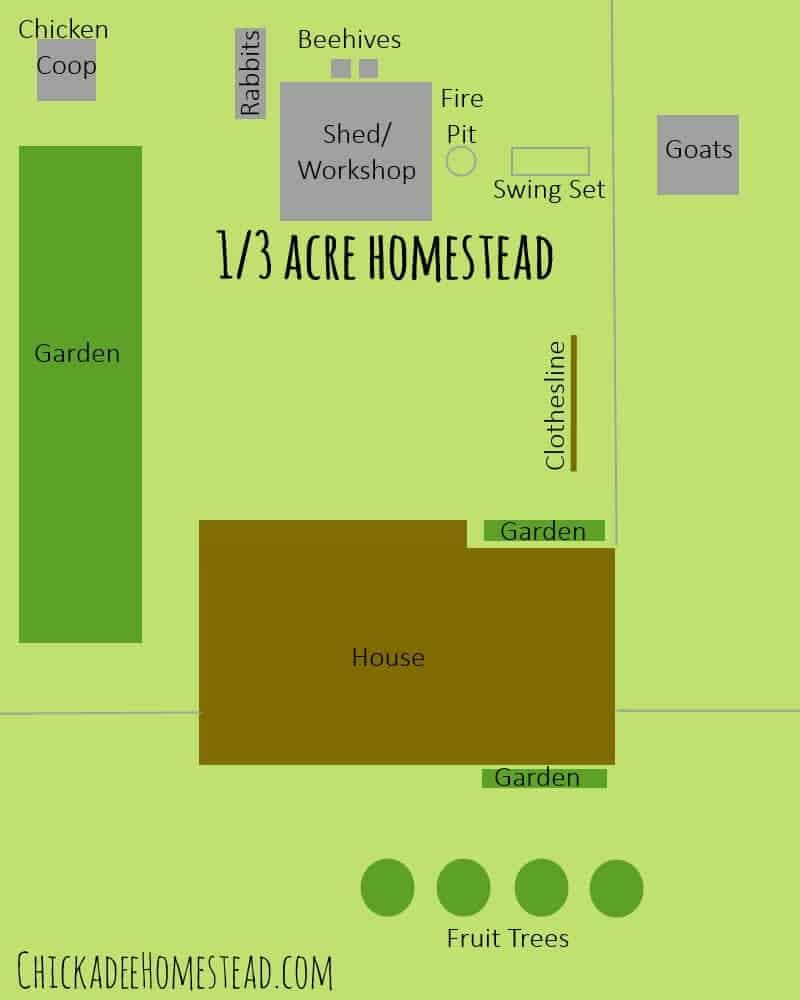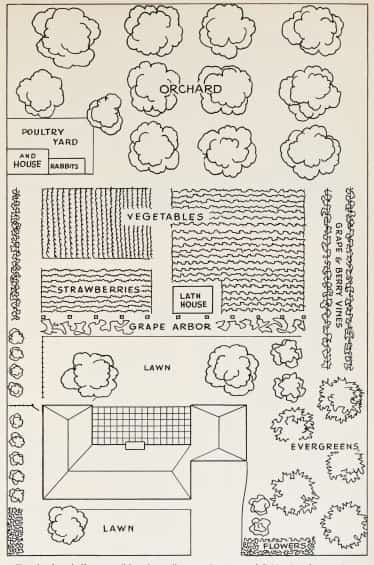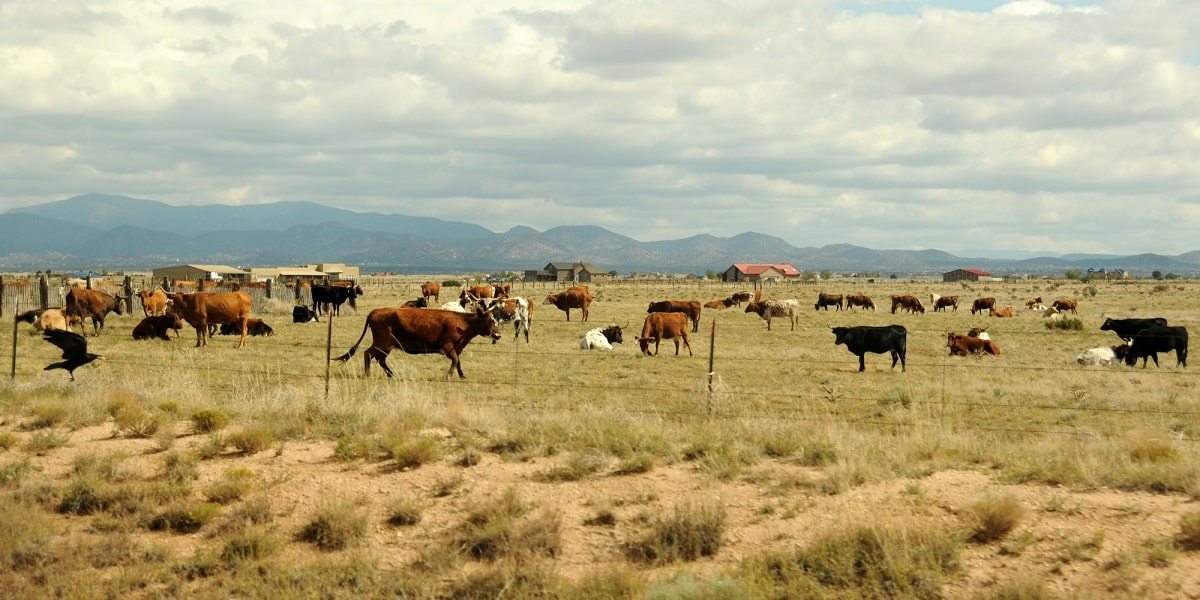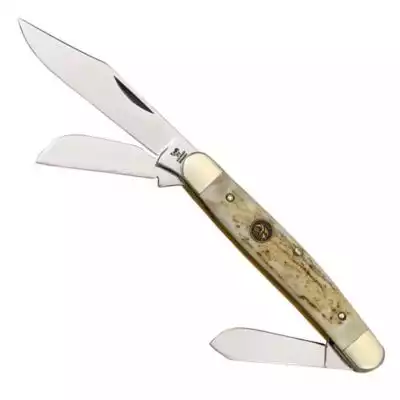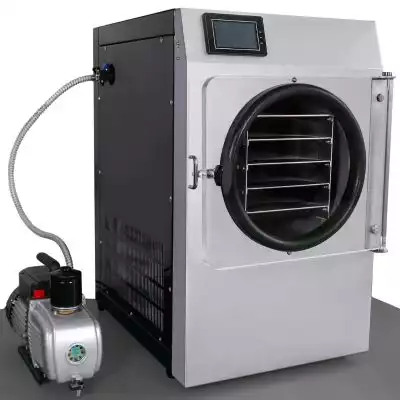Questions come up daily on a homestead.
You need solid advice on how to build, grow, and manage your land. Luckily, you aren’t alone. There are tons of books available for homesteaders, covering everything from organic gardening to home medicine.
Remember, information is power. No matter where you are in your journey to self-sufficiency, you can develop your skill set and improve your quality of life with these 17 homesteading books.
Gardening and Growing
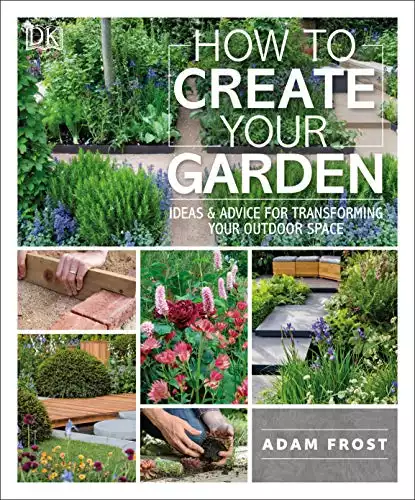 How to Create Your Garden: Ideas and Advice for Transforming Your Outdoor Space
How to Create Your Garden: Ideas and Advice for Transforming Your Outdoor Space
By Adam Frost | 256 pages
This book is an excellent reference for those starting a garden from scratch. Rather than focusing on inspiration or ideas, Frost lays out actionable plans for designing and constructing garden space.
You’ll discover step-by-step instructions for mapping, layout, materials, and strategies for building hardscapes and raised beds. With full-page photographs and detailed drawings, the book helps transform homesteading daydreams into food-producing realities.
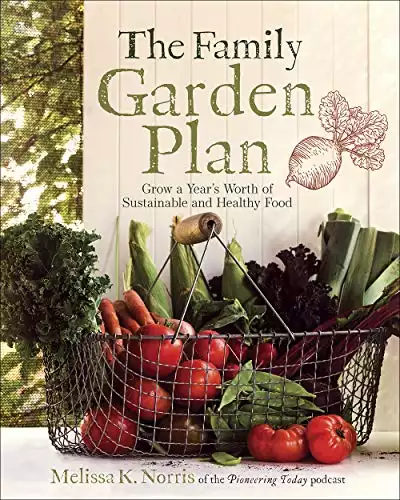 The Family Garden Plan: Grow a Year’s Worth of Sustainable and Healthy Food
The Family Garden Plan: Grow a Year’s Worth of Sustainable and Healthy Food
By Melissa K. Norris | 224 pages
This book aims to teach beginner homesteaders how to grow a year’s worth of food sustainably. It’s chocked full of tips for choosing what to plant, when to plant, how to harvest, and even how to protect your garden from pests. It features charts and worksheets for a practical approach, including region-specific details and outlines on how to keep soil healthy for next year’s garden.
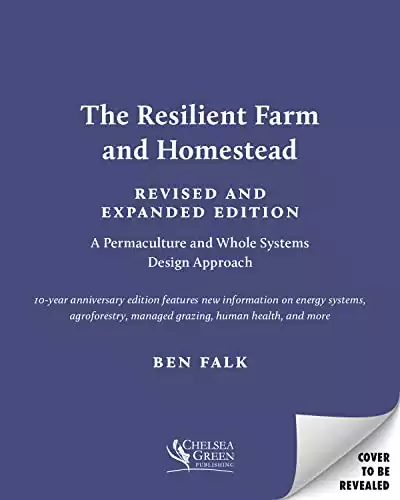 The Resilient Farm and Homestead
The Resilient Farm and Homestead
By Ben Falk | 368 pages
This comprehensive guide to whole-system permaculture designs is based on Falk’s real-world knowledge and hard practice of sustainable gardening. It gives detailed explanations on building and developing regenerative agriculture anywhere, including colder climates where many deem it impractical or impossible.
You’ll discover concrete plans and solid advice in these pages, coming away with a hopeful outlook for your homestead and our planet’s future.
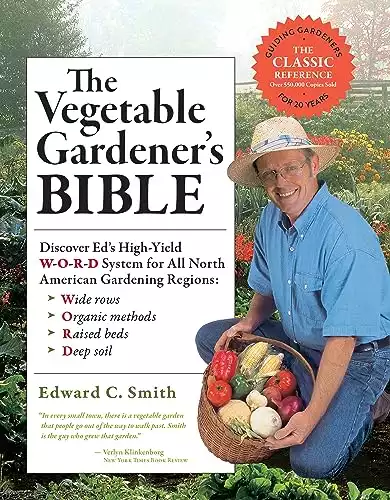 The Vegetable Gardener’s Bible
The Vegetable Gardener’s Bible
By Edward C. Smith | 352 pages
This practical handbook covers productive food gardening across every region of the US. It lays out a roadmap to achieve high-yield results in any growing zone, advising on soil depth, timing, temperature, germination, and best practices for over 70 herbs and…


